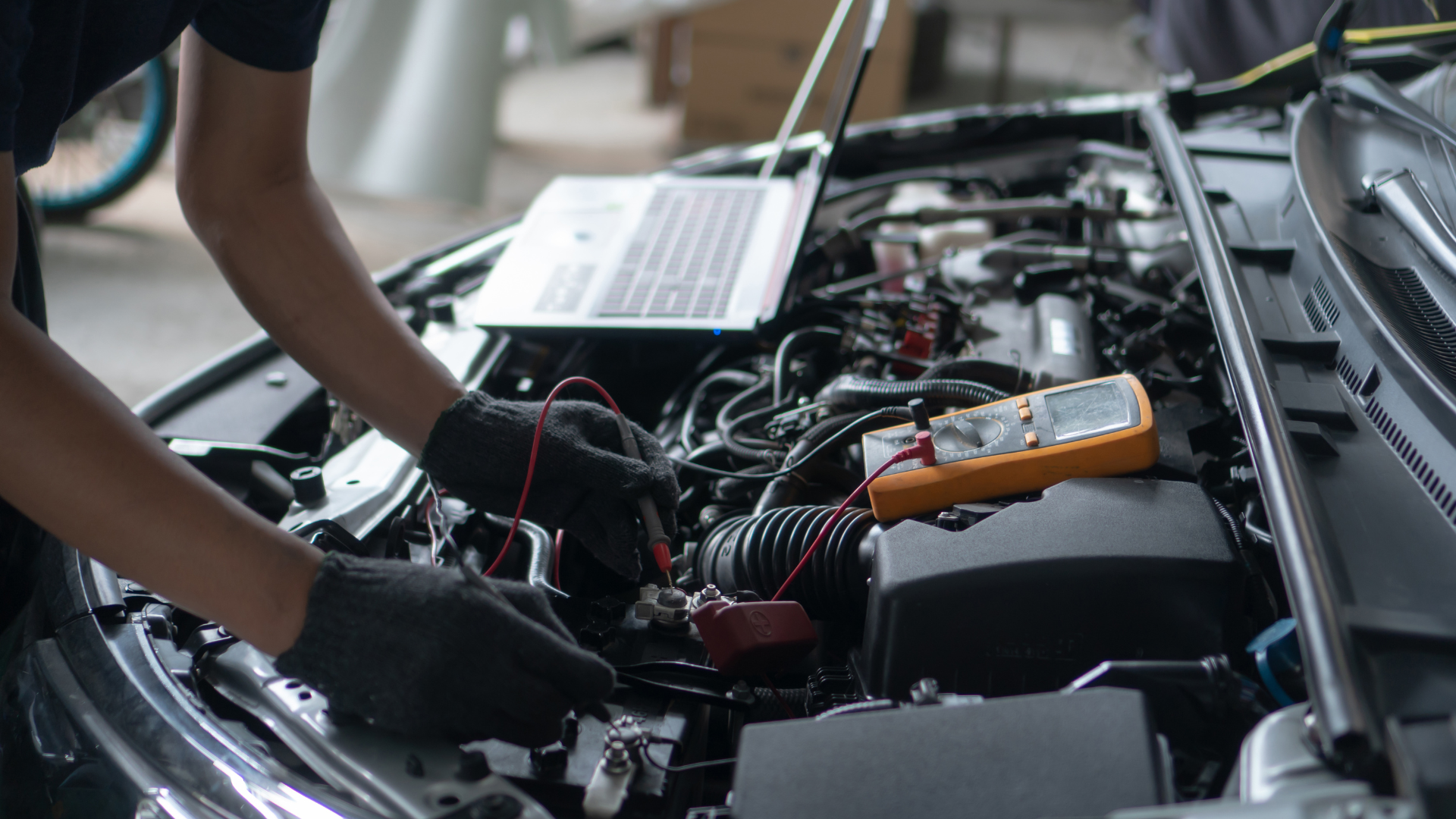You’re cruising down the road when suddenly, the check engine light illuminates on
your dashboard. It’s a scenario familiar to most drivers, and often, it can induce a
sense of uncertainty. In today’s blog, we unravel the mystery behind the check
engine light and guide you on what to do when faced with this common car issue.
Understanding the Check Engine Light:
The check engine light is like your car’s communication system, indicating that the
onboard computer has detected an issue in one or more components of your vehicle. While the light itself doesn’t specify the problem, it serves as a signal to investigate further.
Common Culprits Behind the Check Engine Light:
- Loose or Faulty Gas Cap: A loose or damaged gas cap can trigger the check engine light. Ensuring your gas cap is securely tightened is a simple fix that might extinguish the light.
.
- Faulty Oxygen Sensor: The oxygen sensor monitors the amount of oxygen in your exhaust gases. A malfunctioning sensor can impact fuel efficiency and may lead to other issues if not addressed promptly.
.
- Catalytic Converter Issues: Problems with the catalytic converter, such as a clog or failure, can trigger the check engine light. Ignoring this issue can lead to decreased fuel efficiency and increased emissions.
.
- Mass Airflow Sensor Malfunction: The mass airflow sensor measures the amount of air entering the engine. A malfunction can affect fuel injection and combustion, leading to reduced performance and efficiency.
.
- Issues with Spark Plugs and Ignition System: Worn-out spark plugs or ignition system problems can contribute to poor engine performance and trigger the check engine light.



